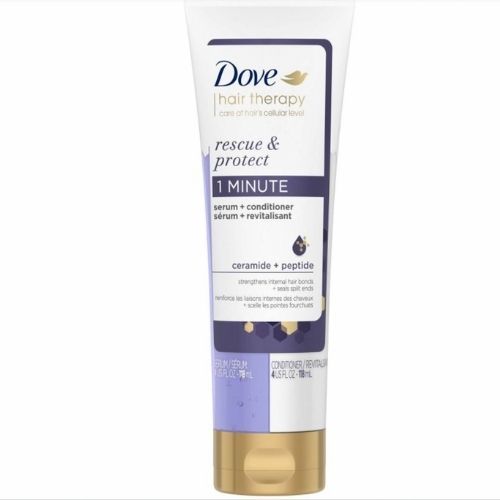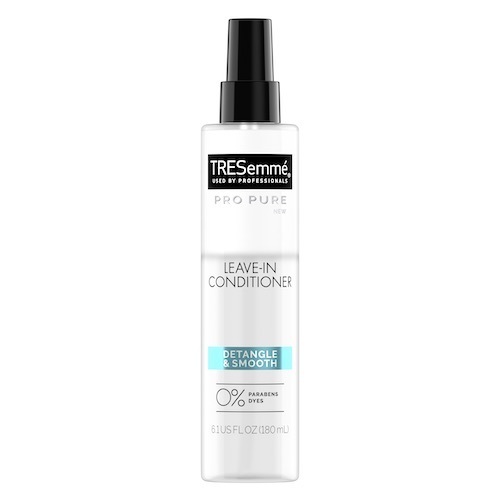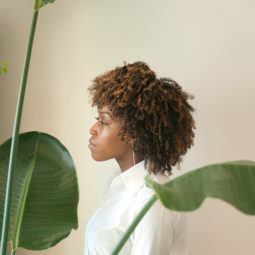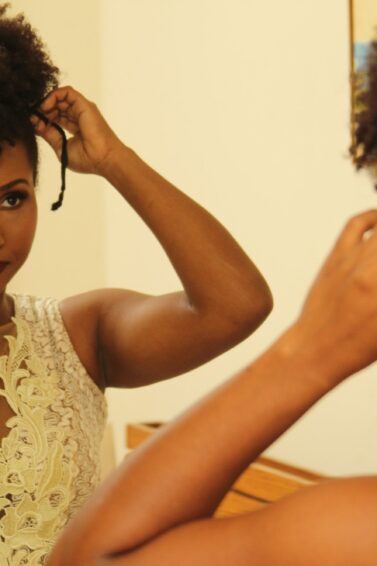
What’s the Difference Between Wash-Out vs. Leave-In Conditioner?
Time to give your tresses some serious nourishing.
There’s something you should know: the right wash-out or leave-in conditioner can make all the difference to your hair care routine. And, they’re particularly important if you’re dealing with dry or damaged hair. Why? Well, they are formulated with hair-friendly ingredients that work to strengthen and nourish lackluster strands. But who wins the battle in leave-in vs wash out conditioner?
If you’ve ever wondered what the difference is between rinse-out conditioners and leave-in ones, and want to know how each can benefit your hair, you’ve come to the right place.
Leave-In vs Wash Out Conditioner: When to Use Which
What’s a Rinse-Out Conditioner?
A classic conditioner is applied in the shower and rinsed out after a minute or two. The main purpose of a wash-out conditioner is to close the cuticles of the hair follicle and restore any moisture that may have been lost during the washing process.
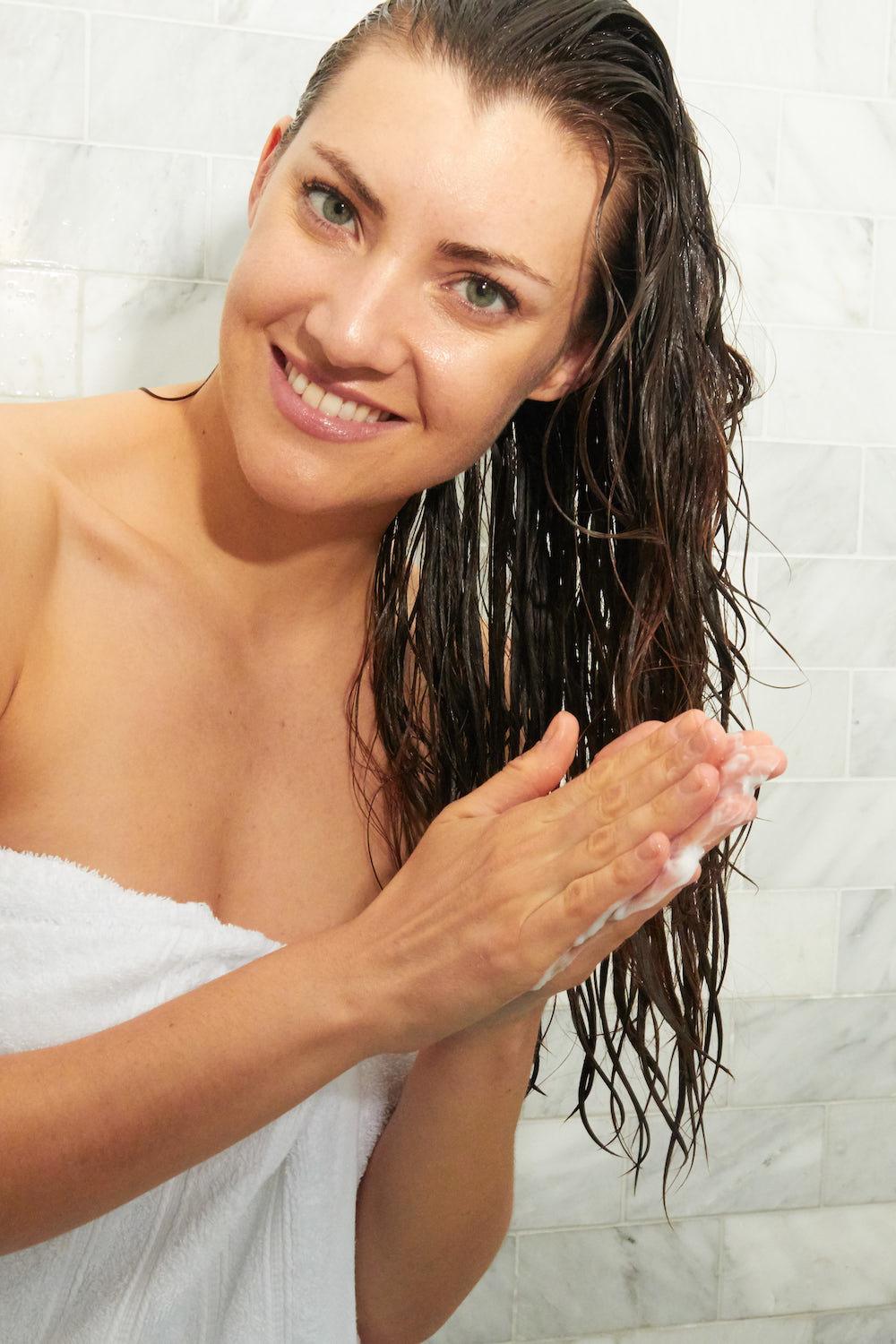
Why Should I Use One?
Great hair starts in the shower, so you’ll need to make sure to include a rinse-out conditioner into your routine. They are great for rehydrating, strengthening, and protecting strands against future damage.
Another great thing about them is that you can pick one for your particular hair concern. Whether you want volume, frizz-free strands or one that can help you manage your damaged strands, there’s a conditioner out there for you.
Editor’s tip: If you’re looking for a deeply nourishing conditioner, look no further than Dove Hair Therapy Rescue & Protect Serum + Conditioner. It takes care of both the visible signs of damage (like split ends and frizz) and those we can’t see, helping to keep hair looking super healthy. Wash with its rescue pair, for ultimate results.
Why Use a Leave-In?

Leave-in conditioners are applied to damp hair and left in to help retain moisture. They can also be used on dry hair — so, whenever you feel like your mane needs a quick pick-me-up, you can use one — even lazy girls can’t complain about that!
Leave-in formulas tend to be lighter (compared to creamy wash-outs and deep conditioners). They are best for keeping hair soft and shiny and make styling more manageable.
While leave-in conditioners are fantastic for dyed, damaged, curly and afro hair, those are not the only types of hair they can be used on. If you think that a leave-in formula won’t work for fine, straight locks, think again.
It’s also worth noting that leave-in conditioners come in various different shapes and sizes, including sprays, lotions, and creams. Generally speaking, sprays are the safest bet, thanks to their lightweight formulas and ease of distribution.
Editor’s tip: While your hair is still damp, seal in moisture and make your hair easier to manage and style with the help of TRESemmé Pro Pure Detangle and Smooth Leave-In Conditioner.
How to Use a Leave-In
How much and how often you use a leave-in conditioner is down to you. If you have very fine hair, you might want to consider using it only after washing, while those with thicker, textured, or curlier locks might want to use it more frequently.
Just remember to concentrate on applying the product directly on the more damage-prone ends. And the more hair you have, the more you’ll need to coat your tresses.

For natural-haired ladies, water-based leave-ins make great alternatives to water! Try using leave-ins when following the L.O.C or L.C.O method (a three-step product application technique involving liquid, oil, and cream).
Lastly, don’t be tempted to cut corners and use your wash-out conditioners as leave-ins. They’re designed to be rinsed out and leaving them on for prolonged periods can cause scalp irritation and product build-up.

